Navy Offers $100,000 Incentive for Retired Sailors to Reenlist
Wanted: sailors for reenlistment! The U.S. Navy is offering a nice cash bonus for a particular job in its ranks to entice these sailors.
The job? Cyber warfare technicians. The bonus? $100,000. The U.S. Navy is sending a strong message of “enlist now.”
The Role of CWT
Cyber warfare technicians perform offensive and defensive cyber operations, investigating and tracking enemies while also protecting the networks from attacks.

Source: Sora Shimazaki/Pexels
The job description calls CWTs as “experts in communication defense and forensics” and the position is expected to “rise to the ever-evolving challenge of maintaining cybersecurity.”
Limited Eligibility
Not reenlisted Cyber Warfare Technician will get the bonus—there are only 22 sailors eligible to get the bonus.

Source: Naval Surface Warriors/Wikimedia Commons
But elsewhere in the Navy, bonuses are also up or sayed flat for many ratings eligible in Fiscal Year 2023. This is a part of the service’s Selective Reenlistment Bonuses (SRBs). Some hospital corpsmans, for example, can also get a $100,000 bonus, which is up from the previous $90,000.
The Function of SRBs
What kind of bonuses are SRBs, you might ask. Navy Capt. Jodie Cornell, spokeswoman for the Chief of Naval Personnel, explains its use as a way “to manage manning in specific ratings and NECs [Navy Enlisted Classifications.]”
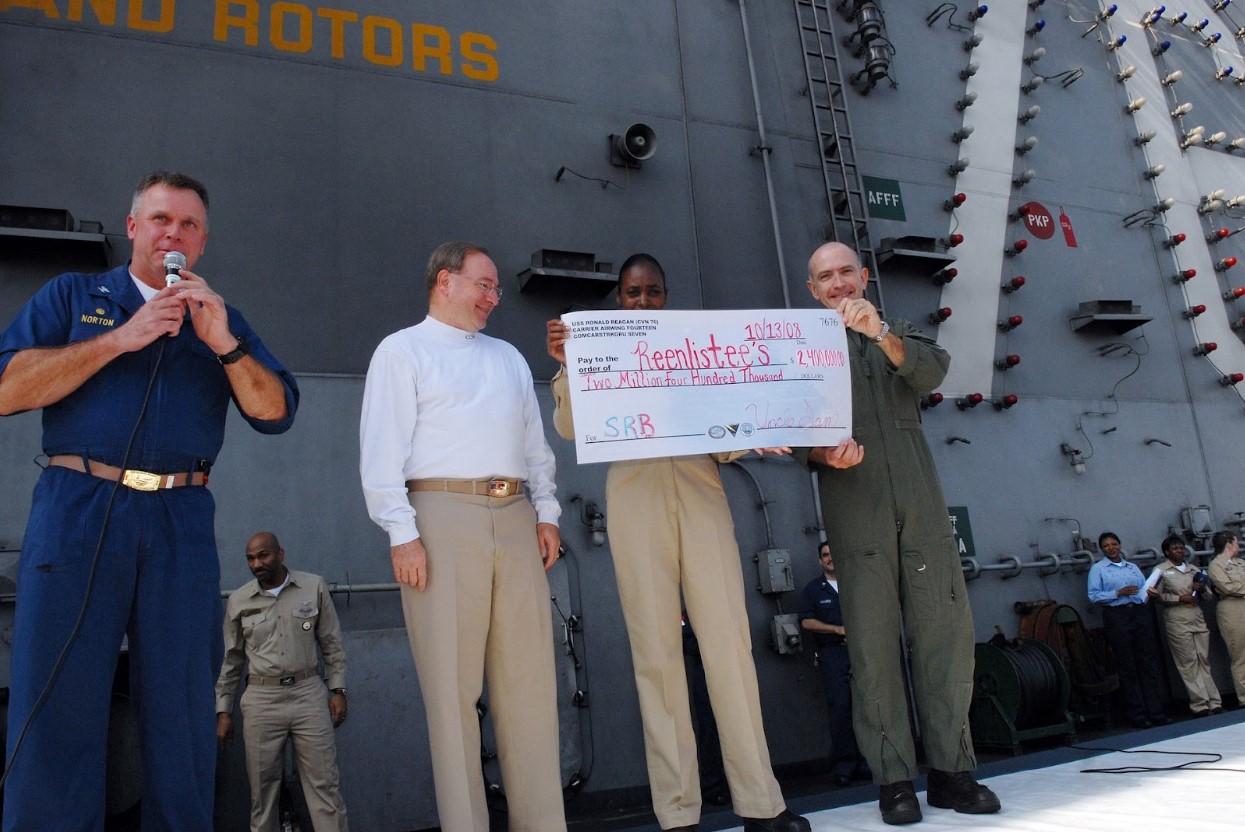
Source: Mass Communication Specialist 3rd Class Aaron Holt/Wikimedia Commons
The bonuses are meant to incentivize sailors with critical skills to stay in the Navy. “SRB award levels are continually adjusted to manage the real-time needs of the Navy and specific community retention goals,” she explains further.
The SRB Tier System
According to Cornell, no bonuses were reduced. Nor were any ratings removed from the eligibility list as part of the latest changes. These changes became effective on April 15.
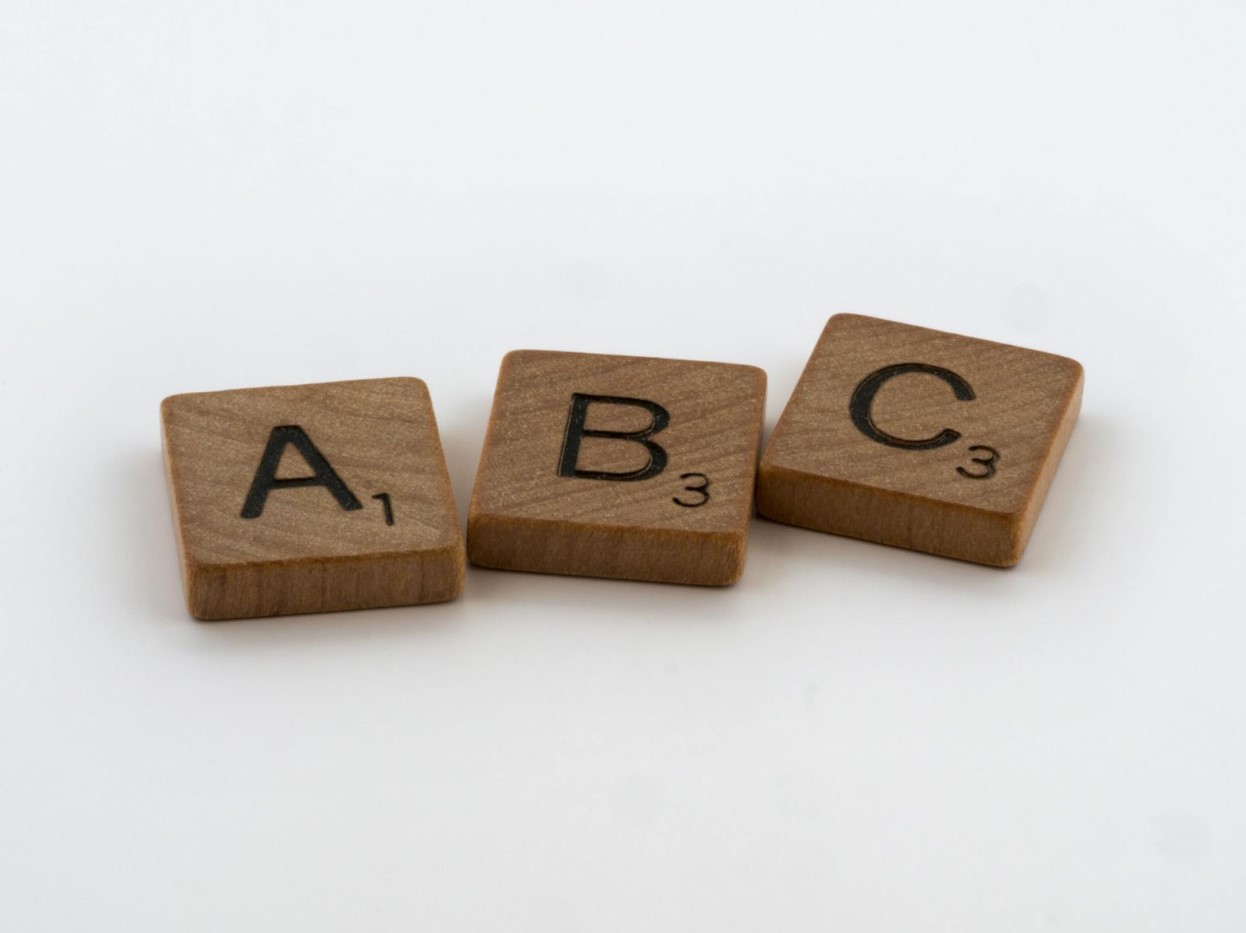
Source: Brett Jordan/Pexels
The bonus system works based on the length of time in a sailor’s service. Zone A is for sailors between one month and six years of service. Zone B refers to sailors between six and 10 years of service. And finally, Zone C includes sailors with between 10 and 14 years of service.
Biggest Jump in Bonuses for CWT
Cyber warfare technicians got the biggest jump in terms of the amount of bonus they receive. The increase reaches $100,000 in all three zones.
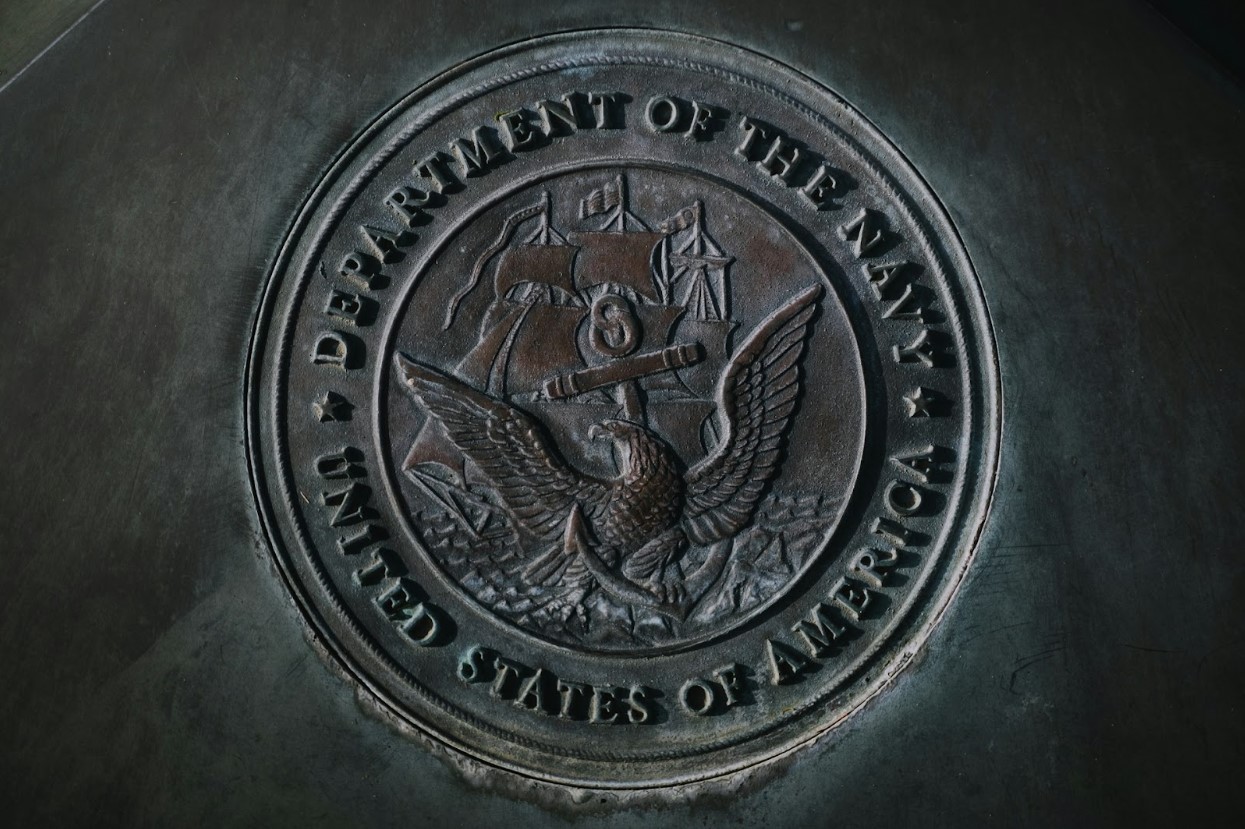
Source: Levi Meir Clancy/Unsplash
Before the changes came into effect, CWTs and Zones A and C were eligible for a $60,000 reenlistment bonus. Meanwhile, Zone B sailors could collect $75,000 in reenlistment bonus.
CWT Rating Is A Small Community
The CWT rating in the Navy was created to answer the Fiscal Year 2023 National Defense Authorization Act (NDAA). The NDAA required the Navy to separate cyber warfare technicians from cryptologic technicians (CTNs).
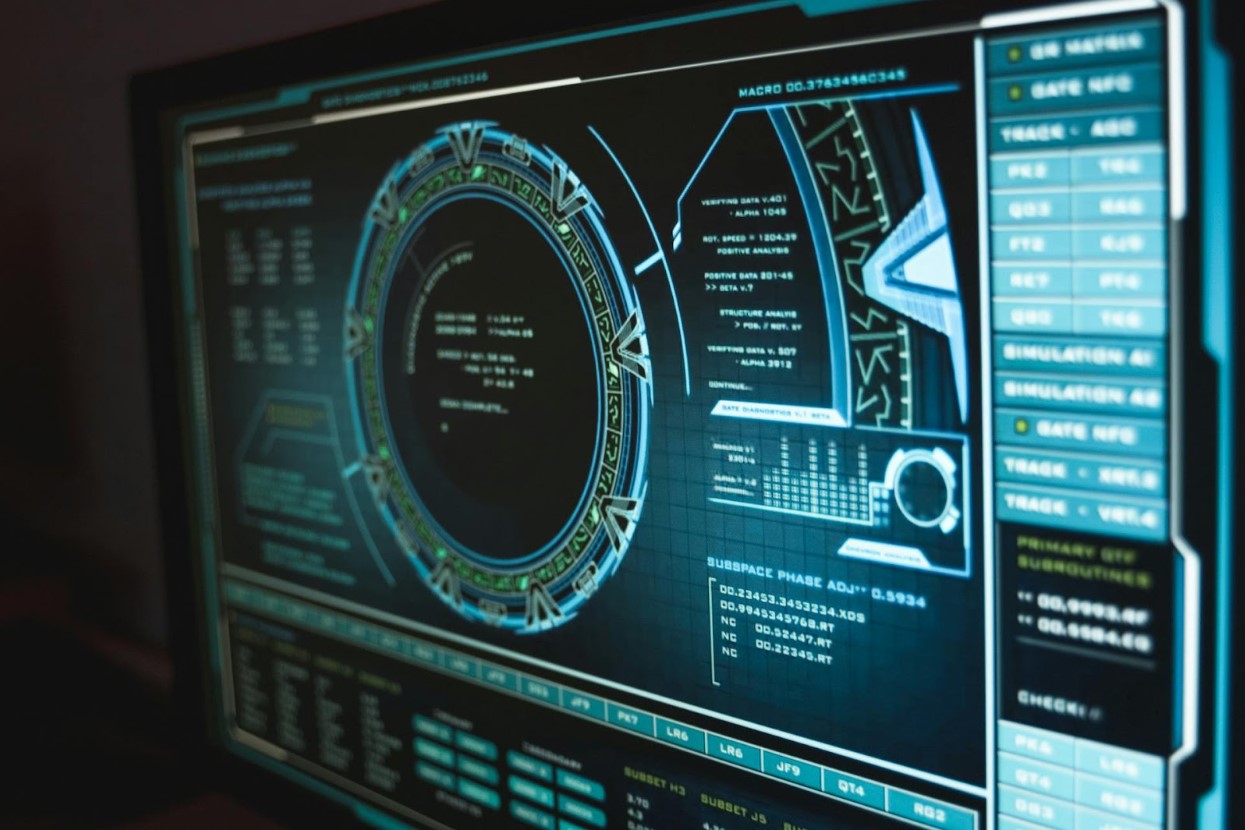
Source: Tima Miroshnichenko/Pexels
The CWT community is small. There are only 11 sailors in Zone A, seven in Zone B, and four in Zone C. All add up to the 22 who are eligible for the increased bonus.
Cryptologic Technicians Rating
While CWTs focus on defensive and offensive cyber warfare, CTN’s focus is on radar signals, equipment, and devices. They “use high-power jamming signals to deceive electronic sensors and prevent enemy attacks.”
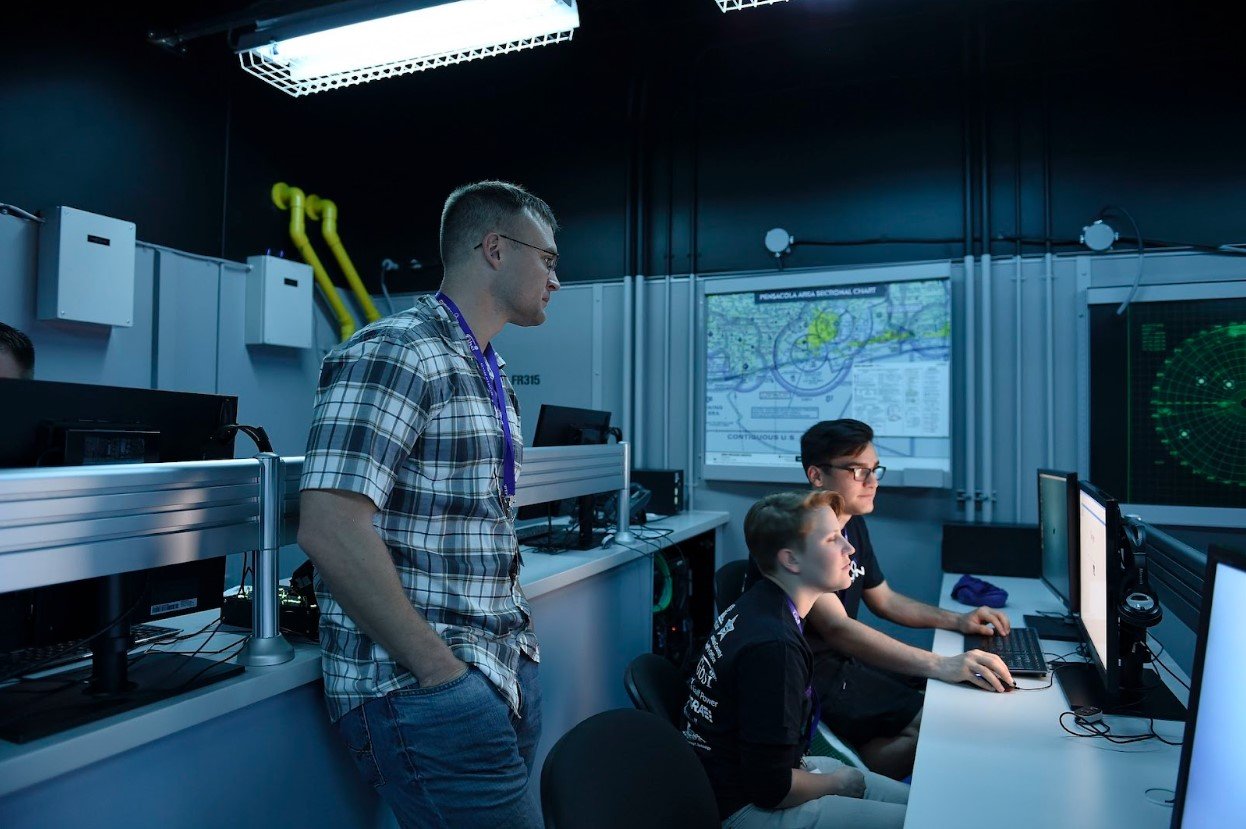
Source: Petty Officer 3rd Class Taylor Jackson/Wikimedia Commons
And cryptologic technicians will see a smaller rise in bonus. Zones A and C rise from $30,000 to $45,000, while Zone C’s reenlistment bonus rises from $45,000 to $60,000.
Other SRB Increases
Linguists in Zone C of the Navy’s cryptologic technician interpretive rating will now also receive $60,000, up from the previous $45,000.
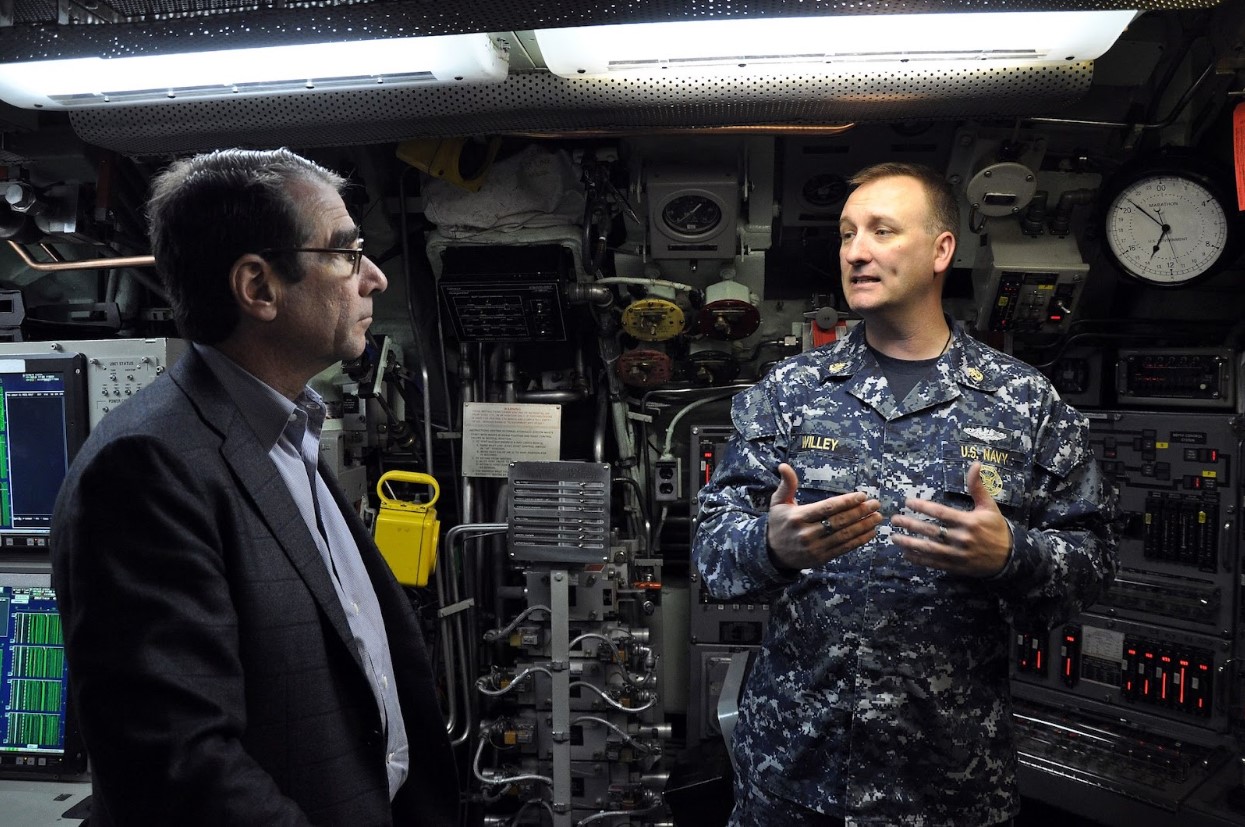
Source: Lt. Ben Tisdale/Wikimedia Commons
Other ratings that have been added to the list of bonus eligibility include aerographer’s mates (experts in meteorology and oceanography) and the fire control technician rating (sailors maintaining and operating the weapons systems in submarines).
High Retention, Low Recruitment
The Navy actually has a high retention rate, even surpassing its retention goal for this fiscal year. Cornell said, as of the end of March, the service retained 16,967 active-duty sailors (108% of its goal).

Source: Peter Pryharski/Unsplash
But the recruitment numbers are low. The Navy missed its recruitment goal for Fiscal Year 2023 by about 7,400 sailors. And for this fiscal year, ending in October, recruitment is expected to fall short by 6,700 new recruits.
Mitigating Low Recruitment Numbers
To address the challenges in recruiting new personnel, the Navy increased its maximum enlistment age to 42. They also made exceptions to allow recruits to enlist even if they have tattoos on their neck and ears.

Source: Henry Reuterdahl/Wikimedia Commons
And, interestingly enough, the service is now allowing recruits to retest earlier if they test positive for marijuana use before entering boot camp. “We can absorb one year of recruiting misses, but multiple years would put additional stress on our force,” Cornell previously explained.
Chief of Naval Personnel Not Worried
Navy Vice Adm. Rick Cheeseman, Chief of Naval Personnel, stated in mid-April that he was proud of the service’s recruiting workforce. He acknowledged missing the intended number but claimed the gap to be closing.
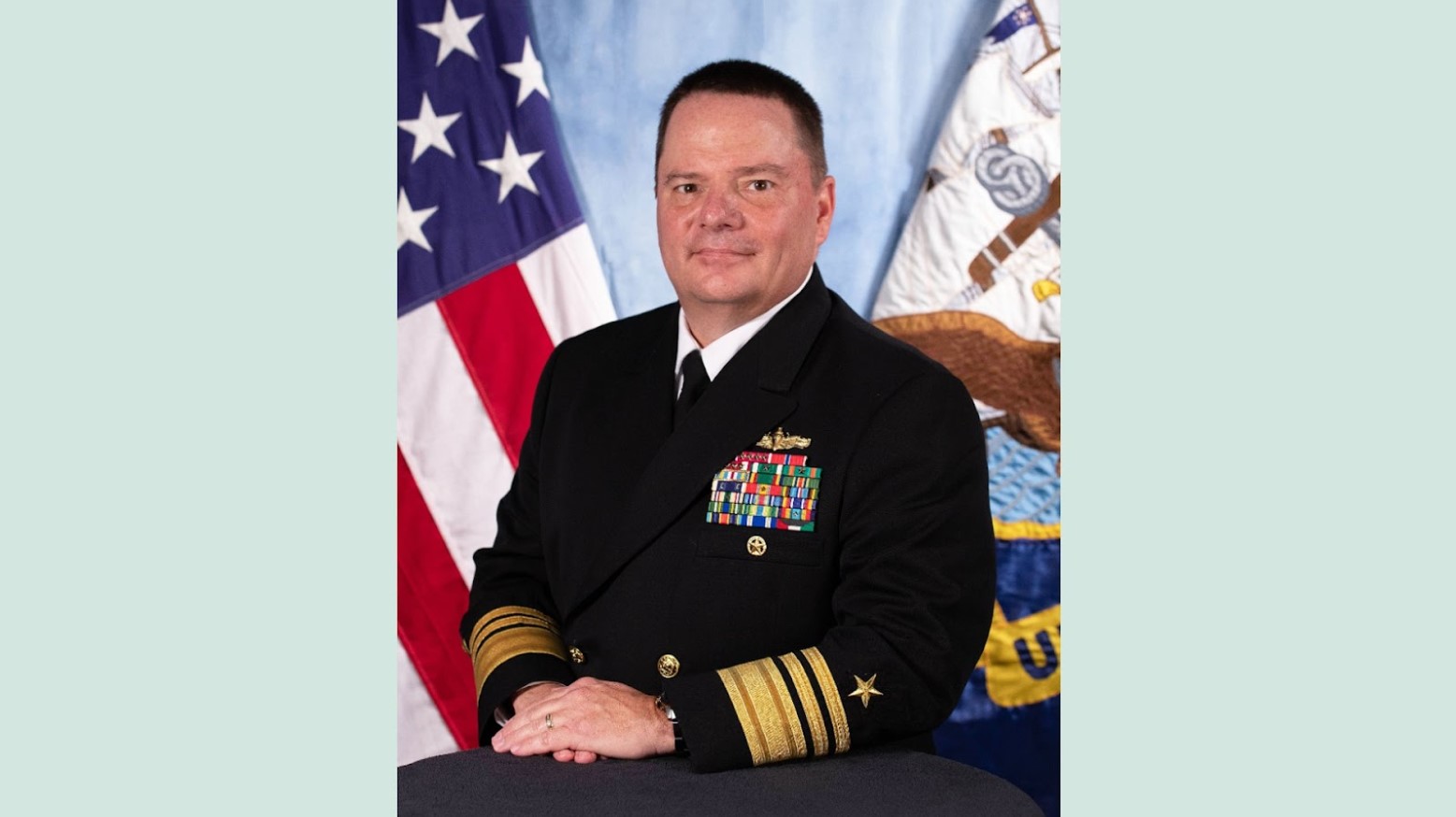
Source: U.S. Navy/Wikimedia Commons
“We are contracting more future Sailors; we are getting out in the communities to inform them about the great thing our Navy does and our Fleet continues to make a difference globally every day,” he wrote on X. This is definitely hopeful news for the Naval Services.
